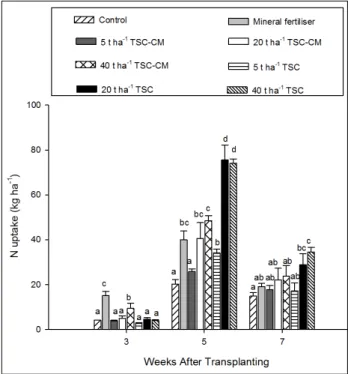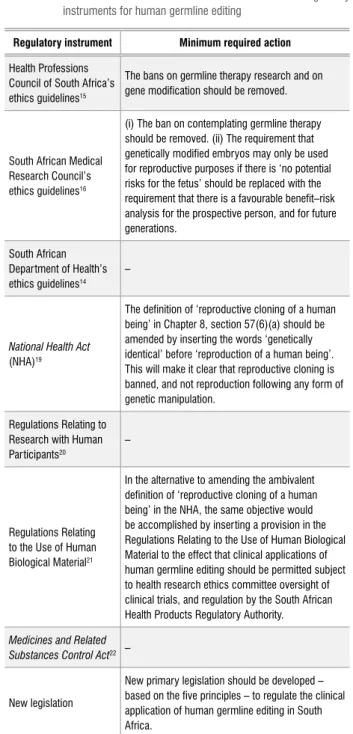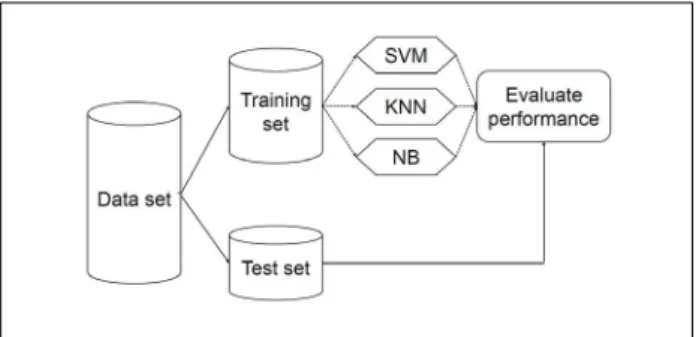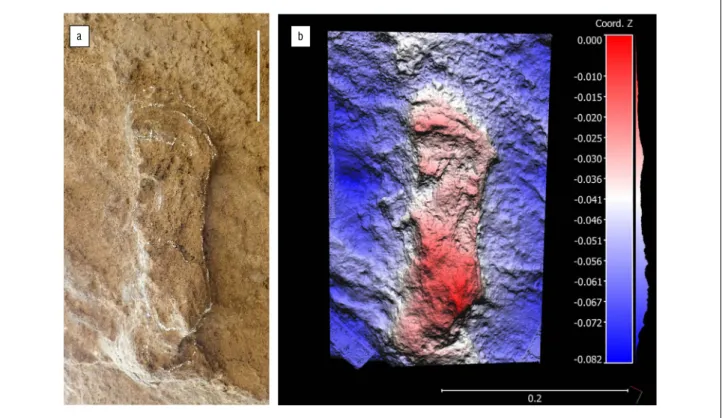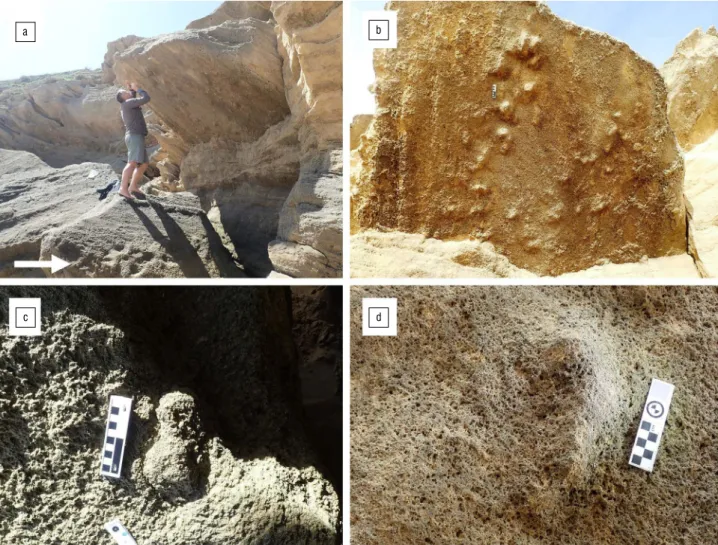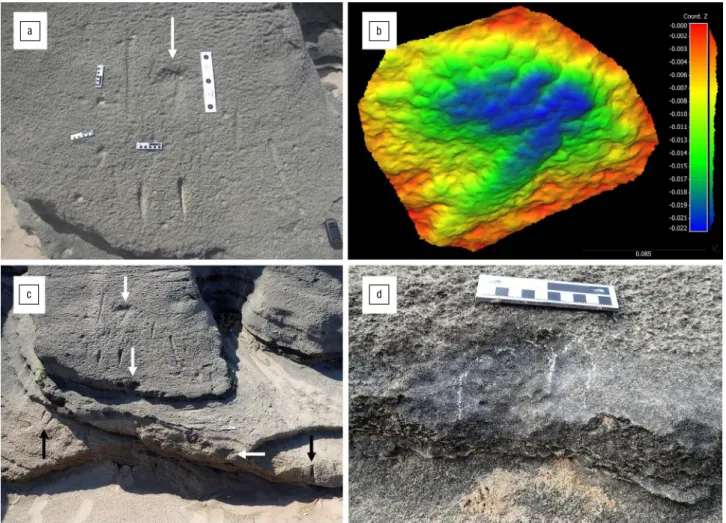Authorizing geographical knowledge: The development of peer review in The Journal of the Royal Geographical Society, 1830-c.1880. And this leads us to the next part of the book. 'The human factor' starts with a retrospective.
Additionally, there should have been more opportunities for authors to learn from the review process. It was SPP staff who were tasked with making the journal's peer review a reality.
Introduction of peer review of journals
The incentive scheme was seen as a mechanism to encourage improvement in both the productivity and the quality of the research produced by the public HEIs in South Africa. Consists of peer-reviewed content and has a publicly available description of the peer review process;.
ASSAf journal peer review process
Group Classics, Literature and Languages [link] 2015 Report on grouped peer review of scientific journals in architecture. Communication and Information Sciences [link] 2019 Report on grouped peer review of scientific journals in education.

Addressing the question of race in scientific research
I will comment further on three chapters in the collection that I believe contain some important lessons for using race as a variable in research – both in terms of thinking about what race is in general and in thinking about whether race is relevant. is for specific scientific topics. studies.
From genetics to race and ethnicity in the human sciences
NRF rankings (estimates of position in a research field based on peer review) are a reasonably good predictor of the h-index of individual researchers in the biological sciences. The relationships between rating categories and the h-index are remarkably consistent across five subdisciplines in the biological sciences.
Introduction
The analysis showed that the values of the h-index based on the Scopus database are typically 5-20 for researchers placed in the NRF's C rating category ('established'), 20-40 for those in the B rating category ('significant international recognition') and >40 for those in the A classification category ('leading international researchers'). This observation suggests that the NRF rating system is fair in the sense that peer review results are generally consistent with bibliometric measures of research performance across different disciplines within the biological sciences.
Results
This is eerily similar to the targets of the National Research Foundation (NRF) rating system in South Africa. I analyzed researchers' h-index values to determine the extent to which these could be predicted by peer-review results (the review categories into which these researchers had been placed) as well as by the researchers' specific discipline.
Discussion
This also means that any characterization of peer review as 'subjective' and the h-index as. It should be noted here that the average gap between rating and recording of the h-index in this data set is c.
Acknowledgements
It is not clear why this is so, but one possibility is that the annual increase in publications is outpacing the number of new researchers in the global system, thus leading to increased h-index values. Visually, the h-index rates in the data for researchers in the biological sciences appear to be about 5-20 for category C, 20-.
Competing interests
Ethical and legal positions regarding human germline management in South Africa are comprehensively analyzed. In addition, five guiding principles – aligned with the values of the Constitution – are proposed to guide much-needed ethical and legal policy reform in relation to human germline management in South Africa.
Terminology
The South African ethics regulatory environment is problematic, as it prohibits all research on, and the clinical application of, human germline editing. What is South Africa's current position in terms of legal and ethical regulation of human germline editing.
Analysis of the current position
If this argument is accepted, the clinical application of human germline editing would be illegal and a punishable offense in South Africa. On the other hand, application of the principles of statutory interpretation of section 57 leads to the conclusion that germline editing should not be included within the ambit of the definition of "reproductive cloning of a human being".
Recommended principles
- Human germline editing should be regulated, not banned
- Use the well-established standard of safety and efficacy
- Non-therapeutic uses of germline gene editing may be permissible
- Respect parents’ reproductive autonomy
- Promote the achievement of equality of access
Also note that South Africa has a robust legal regulatory environment for health research, which would include human germline editing research. Given the uniqueness of human germline editing (as opposed to, for example, traditional drugs and medical devices), we propose to draft sui generis legislation to regulate the clinical use of human germline editing.
Conclusion
For these reasons, we suggest that in the event that clinical applications of germline editing become available to the public, prospective parents should be allowed to choose whether they wish to use such applications for their prospective children. From a legal perspective, the appropriate response to the concern about exacerbating inequality is the Constitutional Court's statement that measures to promote the achievement of equality require 'equality in the vineyard, not the cemetery'.44 In other words, the solution to the concern about human germline editing that exacerbates inequality cannot be suppressing technology as that would mean leveling down to 'graveyard equality'; rather, if the state seeks to promote the achievement of equality in human germline editing, it must do so by reaching "vineyard equality".
Authors’ contributions
A comprehensive list of classifiers used in electricity fraud detection systems can be found in Messinis and Hatziargyriou11. Notably, these include Support Vector Machines (SVM), Naive Bayes (NB), and k-Nearest Neighbor (k-NN) classifiers—the algorithms used in this study.
Literature review
Positive True Positive (TP) False Negative (FN) Actual Positive Negative False Positive (FP) True Negative (TN) Actual Negative Total Predicted Positive Predicted Negative Total Nos.
The data
Once the data is in the format required by the software for analytical requirements, proceed to Step 2. The final step in the methodology was to use Cohen's D to assess the practical significance of post-hoc comparisons.
Results and discussion
SVM, vector machine support; KNN, k-nearest neighbor classification; NB, naive Bayesian figure 1: General framework of the methodology. SVM outperforms k-NN on all four metrics, indicating that it is the better classifier of the two in this study.
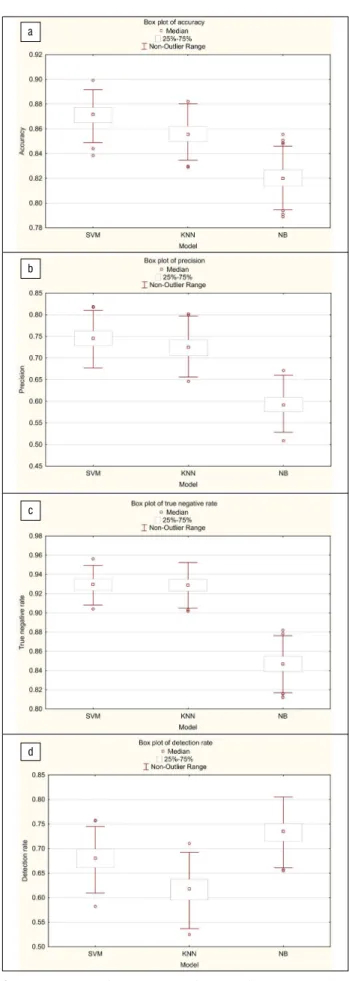
Research design and methods
The remainder of the literature review provides an overview of existing research on common errors in solving linear equations. Ethical clearance was obtained from the University of the Witwatersrand's ethics committee (H17/01/01) and the Gauteng Department of Education (M2017/400AA).

Analysis and results
Of the 15 learners who used a substitution approach for V9a, 11 used the same approach for V9b and 9 used it for V9c. I now turn to a discussion of the errors made by the learners who used algebraic approaches for V9b and V9c.

Discussion and implications
Bridging the cognitive gap between arithmetic and algebra: Acting on the unknown in the context of equations. These are the six oldest tracks in the world attributed to Homo sapiens.
Background
- Garden Route National Park
- Goukamma Nature Reserve
- Goukamma Nature Reserve
- Brenton-on-Sea
For this reason, we only assigned identifiers to seven tracks (Track A - Track G). Track D was part of a line that includes Track B and Track C (Track D appears roughly the same size as Tracks A, B and C, but is too eroded to allow detailed measurements).
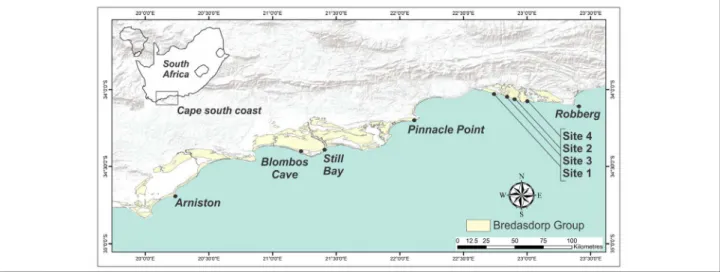
Data availability
The world trusted in the ability of the sea to clean up sewage. Report on the City of Cape Town Sewerage and the Disposal of its Sewage.
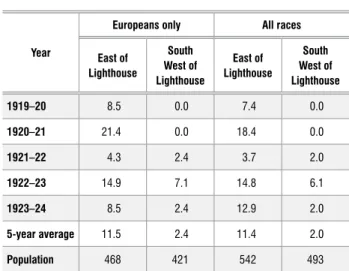
Study region
Data and methodology
Cluster analysis for Tmin classifies most stations (21) into four seasons, with 13 stations classified into three seasons and only 1 station (Springbok) classified into two seasons. For the western parts of the Northern Cape, winter ends later using Tmax and Tmin.
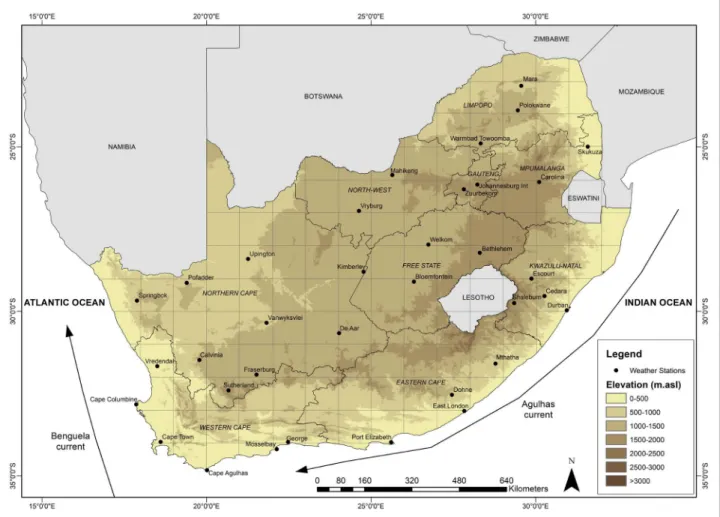
Discussion and conclusion
We looked at the inclusion of new sunflower varieties on the National Varietal List for Sunflower Varietal Improvements in South Africa during this period. The study addresses the absence of empirical evidence on patterns and trends in sunflower cultivar improvements in South Africa.
An overview of the sunflower industry
We provide insight into the pattern of application and grant of PBR and also the inclusion of a variety on the national variety list, focusing on the main players in the sector. The trend analysis of PBR application for the period 1979-2019 helps to define the technology trend in the application of PBR and the registration of sunflower varieties in the national variety list.
Production areas of sunflower in South Africa
It is also essential to monitor changes in the rights offered over time, such as changes in the ownership of rights (including a comparison between public and private and domestic and foreign breeders) and the impact of plant variety protection on the development of varieties. In this study, we focused on a sectoral analysis in the South African sunflower industry in relation to intellectual property rights in the form of PBR and leading players in sunflower breeding and production in South Africa.
Research methods and data
Further information captured in the database includes plant variety name, alias name, applicant name, applicant type, application date of PBR, grant date of PBR and application date for the varieties to be included on the national variety list. A supplementary file has been provided to show the main applicants and the sunflower varieties they own.
Overview of sunflower varietal releases in South Africa
In a study conducted in the Netherlands, Louwaars et al.16 found that the public sector (universities, government bodies, and private non-profit organizations) submitted 23.8% of plant-based patents, while in a study conducted in the USA, public authorities granted 21.9%. Furthermore, Louwaars et al.16 found that in the Netherlands, private companies dominated the number of plant-based patents granted in the country.

Conclusion and recommendations
Hybrid varieties are often more productive to meet the ever-increasing demand in the renewable energy sector, so a more effective seed breeding program, variety registration and granting of plant breeder rights are needed to ensure the long-term growth and sustainability of the sector.
The future of the sunflower industry in South Africa
Nutrient uptake, yield and taste of canola (Brassica napus L.) and soil chemical properties after amendment with uncomposted and composted tobacco waste and cattle manure. To promote recycling of tobacco waste in a smallholder food-cash crop production system, nutrient uptake, dry biomass yield and taste of rapeseed oil (Brassica napus L.) and soil chemical properties were determined on a sandy loam soil under field conditions.
Materials and methods
Organic waste materials for improving soil fertility in the East Cape frontier region of South Africa. The study was conducted in the East Cape Province of South Africa between April and July 2016.
